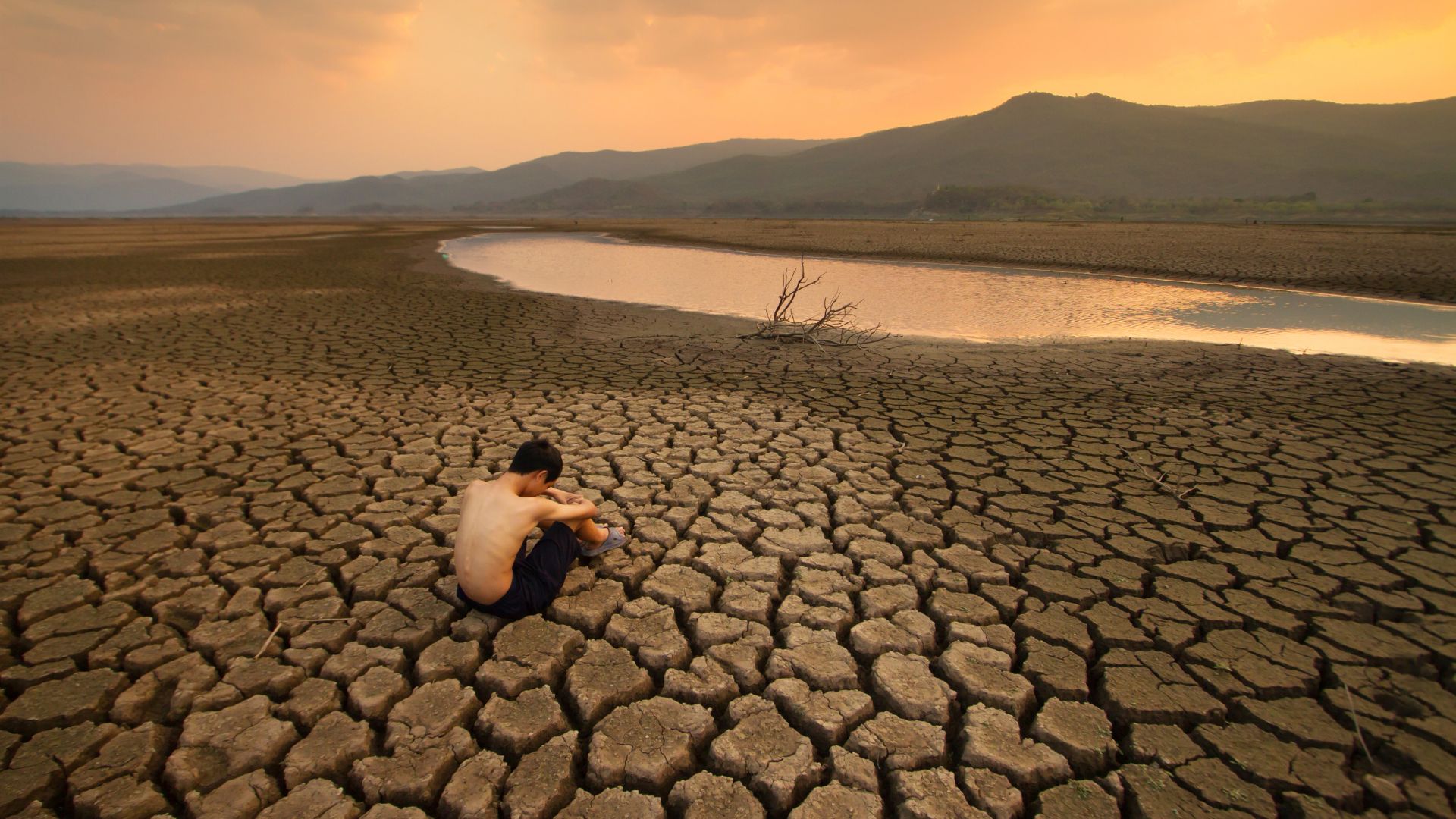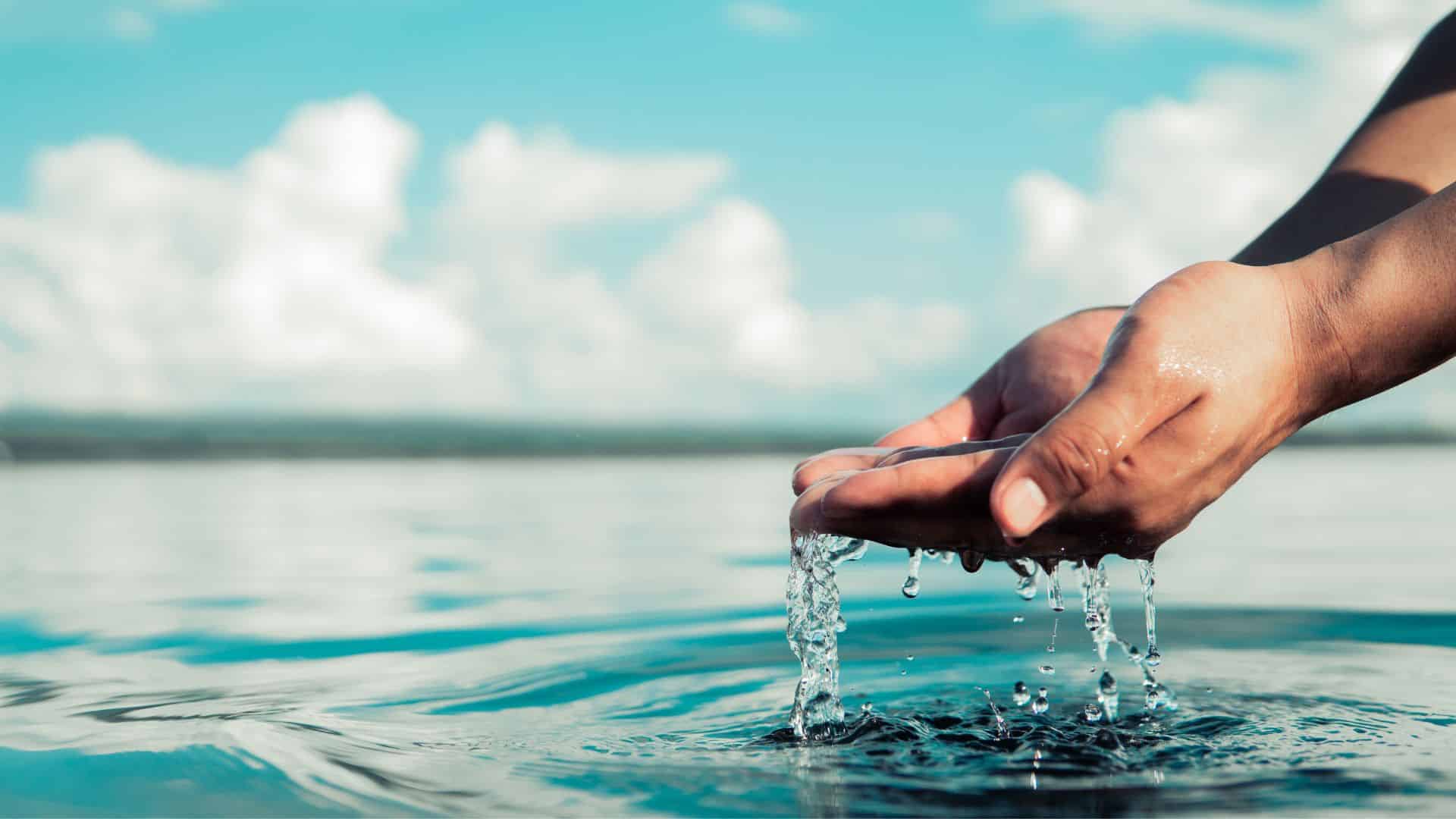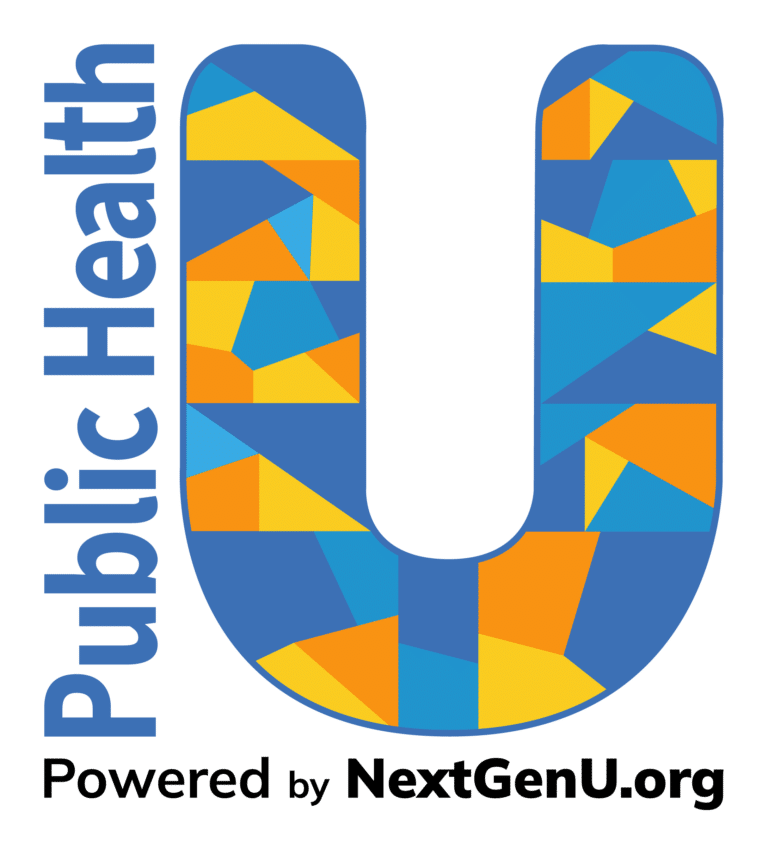Can you imagine a life without water?
According to the World Health Organization (WHO) and the United Nations International Children’s Emergency Fund (UNICEF), as of 2020, there are 2 billion people without access to “safely managed” drinking water at home, 3.6 billion without properly managed sanitation services, and 2.3 billion without proper hygiene services including basic handwashing facilities (2021). Access to clean, safe, and properly managed water supplies has been a major issue in many parts of the world for a long time. Water shortages first appeared in historical records as far back as the 1800s, and in 1854 Dr. John Snow made the connection between cholera and contaminated water (World Vision, n.d.). Over time, the issue has progressively worsened, particularly for least-developed countries (LDCs), fragile contexts, and vulnerable populations and regions that lack the resources and economic power to implement better mitigating strategies. Consequently, this has caused severe health problems in these populations and, in some instances, resulted in the development of waterborne diseases, such as cholera, diarrhea, and typhoid. As we have seen with the 2010 cholera outbreak in Haiti, which claimed approximately 10,000 lives, all of these conditions can lead to long, devastating, and deadly outcomes. Haiti was declared cholera free in February 2022, but as of October 2022 the country experienced a resurgence in cholera cases (CDC, 2023).

Access to clean and safe water is essential to basic human life. Water is such a necessary part of human life that it affects all other aspects of life. Water is vital for drinking, cooking, bathing, and cleaning. It is required for the production of food and energy, the maintenance of ecosystems, and the transportation of goods. It is essential for recreation, vital for industrial and agricultural processes, provides the necessary irrigation and hydropower for production, and plays a critical role in maintaining our health by flushing out toxins and waste products from our bodies. The United Nations classifies access to safe water as a top priority (it is Goal #6 of the Sustainable Development Goals, which seeks to “ensure availability and sustainable management of water and sanitation for all”) and has highlighted it among the global issues requiring urgent action if we are to improve our planet and make it more sustainable. However, efforts to meet this goal by 2030 are not on track, as many vulnerable communities still face water scarcity and water pollution. To date, the quality of the water used by at least 3 billion people is still unknown because of poor or a lack of management and monitoring systems (United Nations). The issue is further exacerbated by climate change, changes in precipitation patterns, and increased frequency of extreme weather events. This puts additional stress on water resources, making it more challenging to provide clean water to communities in need, and positions us further away from achieving the global goal.
To address this issue, governments and global organizations must prioritize and invest in water management and conservation efforts. This includes promoting water-saving technologies, improving water infrastructure, and implementing better wastewater management practices to ensure sustainable water management and equitable access to water resources. These are necessary efforts in tackling the issue, but at a basic level, the issue also calls for action from our communities (schools, families, etc.) to continue educating everyone about the value of water. Water is essential for all living beings and is critical to our survival. Our bodies are made up of about 60% water, and we need it for various functions, including hydration, digestion, circulation, and temperature regulation. A major part of taking action is fostering knowledge about this and the overall value of water in all aspects of our daily lives: acknowledging its vital role in sustaining life, promoting health, and supporting economic and social development. More importantly, fostering knowledge about the value of water means protecting and preserving it for future generations.

The Frank Foundation is committed to doing its part and reducing negative environmental impacts. In particular, our Climate Change and Public Health course helps students not only understand the connections between climate change and water but also how climate change affects the availability and quality of water and how climate change can potentially increase water-related diseases. The Frank Foundation is committed to advocating for climate change mitigation strategies that will protect water resources for all. For more information about our Climate Change and Health course, visit Climate Change and Public Health – Course.
This year’s World Water Day theme, “Accelerating Change,” emphasizes the need for action to resolve the global water and sanitation crisis. By working together, we can ensure clean and safe water for all.
Will you do your part in accelerating change?
References
Centers for Disease Control and Prevention (CDC). (2022, May 31). Global WASH Fast Facts. Retrieved February 2, 2023, from https://www.cdc.gov/healthywater/global/wash_statistics.html
Centers for Disease Control and Prevention (CDC). (2023, January 13). Cholera Outbreak — Haiti, September 2022–January 2023. Retrieved February 2, 2023, from https://www.cdc.gov/mmwr/volumes/72/wr/mm7202a1.htm
United Nations. (2023, September 1). Goal 6 | Ensure availability and sustainable management of water and sanitation for all. Department of Economic and Social Affairs, Sustainable Development. Retrieved February 2, 2023, from https://sdgs.un.org/goals/goal6
United Nations. (n.d.). Ensure availability and sustainable management of water and sanitation for all. Department of Economic and Social Affairs, Statistics Division. Retrieved February 2, 2023, from https://unstats.un.org/sdgs/report/2022/Goal-06/#:~:text=For%20at%20least%203%20billion,cent%20included%20information%20about%20groundwater
Water.org. (2021). Key Water.org Facts. Retrieved February 2, 2023, from https://water.org/documents/223/FY22_Key_Water.org_facts.pdf
World Economic Forum. (2022, August 2). Low-income communities lack access to clean water. It’s time for change. February 2, 2023, from https://www.weforum.org/agenda/2022/08/access-clean-water-inequality-financing/
World Health Organization (WHO). (2019, June 18). 1 In 3 People Globally Do Not Have Access to Safe Drinking Water – UNICEF, WHO. Retrieved February 3, 2023, from https://www.who.int/news/item/18-06-2019-1-in-3-people-globally-do-not-have-access-to-safe-drinking-water-unicef-who
World Health Organization (WHO) and the United Nations Children’s Fund (UNICEF), 2021. Progress on household drinking water, sanitation and hygiene 2000-2020: Five years into the SDGs. Geneva.
World Vision Australia. (n.d.) Global Water Crisis – Water Scarcity Facts & How To Help. Retrieved February 3, 2023, from https://www.worldvision.com.au/global-water-crisis-facts#:~:text=1800s%3A%20Water%20shortages%20first%20appear,1993%3A%20The%20U.N.
World Water Day. (n.d.). Learn | World Water Day. Retrieved February 2, 2023, from https://www.worldwaterday.org/learn
Aduke Williams
Author

